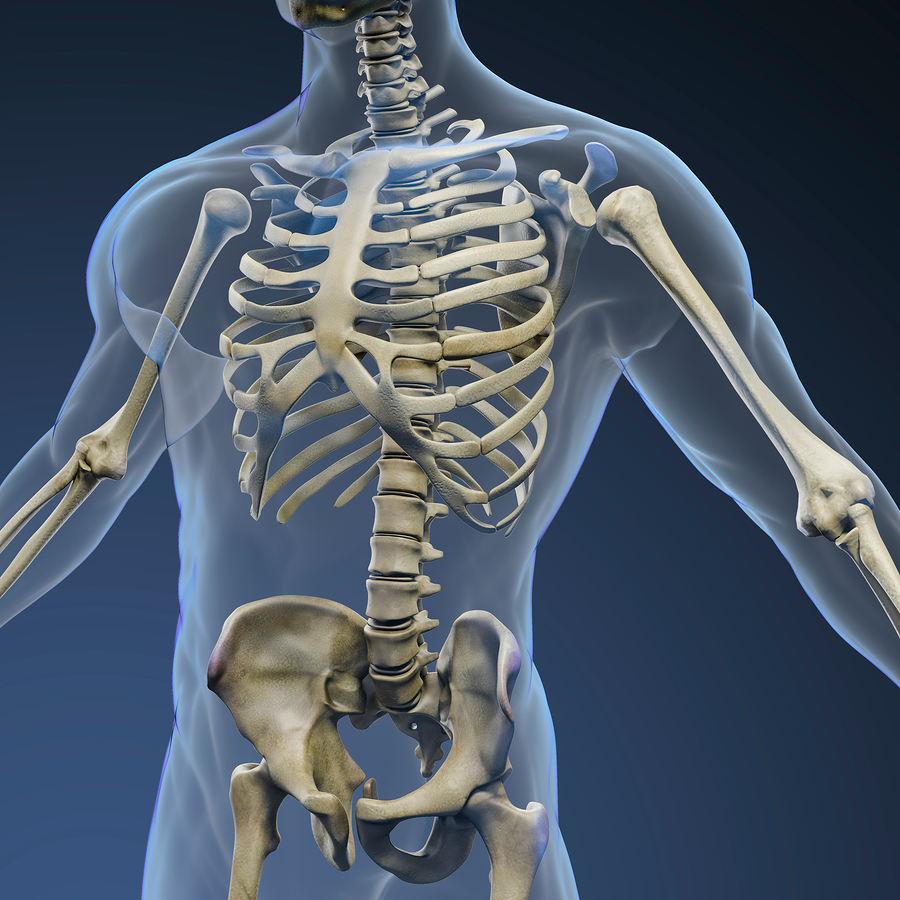How far we have come since the days when we thought the skeleton was rigid or, more recently, when we thought that only DNA had an influence on our bones! In studying the skeleton, osteobiography reveals how the bones adapt to our new lifestyles and influence our body and health.
The Paleolithic Age and the jaw
Since the Paleolithic Age – that era when the first tools appeared allowing prehistoric Man to cut his meat into small pieces and thus chew less – Man’s jaw has continued to weaken. This phenomena has unfortunately worsened with soft foods from agriculture and, in recent decades, with ready-made meals that do not require much chewing. The result is that the jaw is not as robust or as large as it used to be, and the 32 teeth cannot develop properly, to the great delight of dentists and orthodontists who have to take care of dental malocclusions, extract wisdom teeth, set pins on crooked teeth… to say nothing of an impacted lower jaw – the mandible – that can lead to complications for the respiratory tract and in turn on sleep apnea, memory, attention, etc.
Computer screens and occipital protuberance
You do not need any convincing, dear reader, that the time spent in front of computer screens has not ceased to grow for years. It results in intense tension on your neck, a tension that is intensified depending on the tilt of the head. Your head, weighing (only) 5 kg when it is straight, rises to 18 kg and then 27 kg when you tilt it 30 degrees and then 60 degrees to view your screen. As the neck muscles are put to the test, the body protects them by increasing the area of the bone to which they are attached, thereby improving the distribution of the tension. The result is an occipital protuberance, which is not only more for men and women than a century ago, but is also much larger (5 to 30 mm). Called text neck, this phenomenon has become perceptible on our body in less than two decades.
Elbows and the lack of physical activity
In 2014, the German scientists Christiane Scheffler noted that young people of the 21st century have smaller elbows. Indeed, the index measuring the size of the elbow (frame index) has decreased significantly since 1980 to reach less than 0.001, for both boys and girls. As a result, studies were conducted to find the source, because neither genetics nor diet could explain this mutation. It found that the loss of bone mass was related to the lack of daily activity of humans. Initially having the strength to walk close to 30 km a day, the human body is under little stress when a weekly sports activity is practised or an hour a day at the gym. As a result, with the muscles being put to use less, the bone mass that supports them has no need to develop as much and will even tend to decrease.
It is difficult to define today the consequences of changing lifestyles on our body. Will we ever be able one day to rely on technology to inform humans of the consequences of their own mutations in order to prevent potential health problems?
